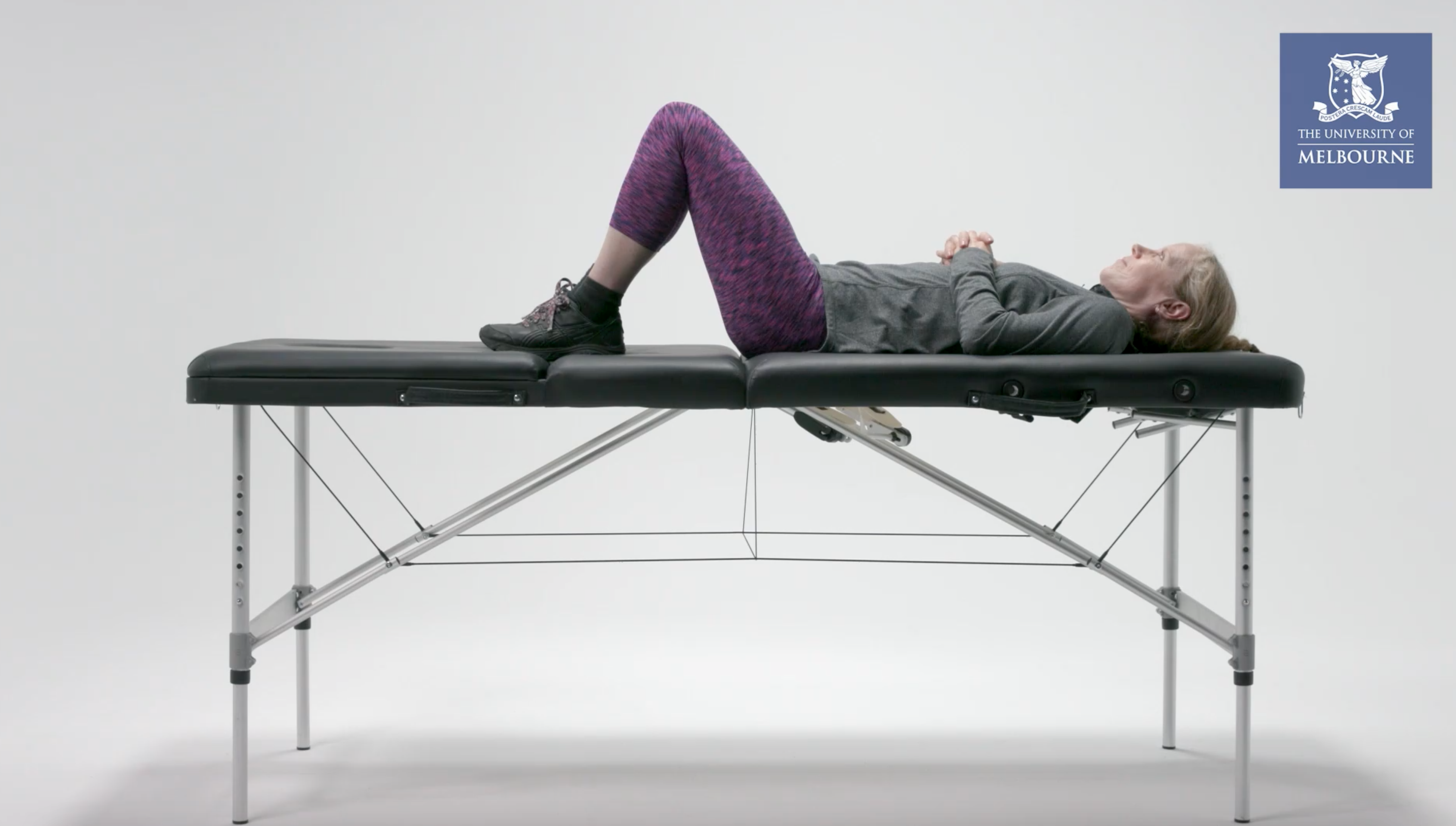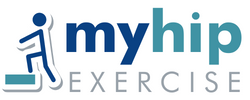Tailor each exercise:
Week 1: Do each exercise with no ankle weight.
Week 2 – 8: Tailor each exercise to your strength and ability. To get stronger each exercise should feel hard. Follow the instructions below:
How to increase the exercise challenge
When not to increase the exercise challenge
Some exercises are harder than others. The challenge will increase for each exercise at different times.
How to increase the exercise challenge
Use the How hard am I working? table to identify how challenging each exercise feels. To view the table click here.
In Program One aim for each exercise to feel HARD. This should feel like 5-6 out of 10 (if 10 is as hard as it could possibly feel). You should feel like you’re pushing yourself a bit.
If an exercise feels easier make it harder.
Each exercise has instructions of how to increase the challenge.
When not to increase the exercise challenge
If it’s hard to perform with good technique (good technique = slow and keeping your balance).
You’re already exercising HARD (an effort of 5-6 out of 10)
You have increased hip pain lasting more than one day after the exercise.
Exercise 1: Knee extension
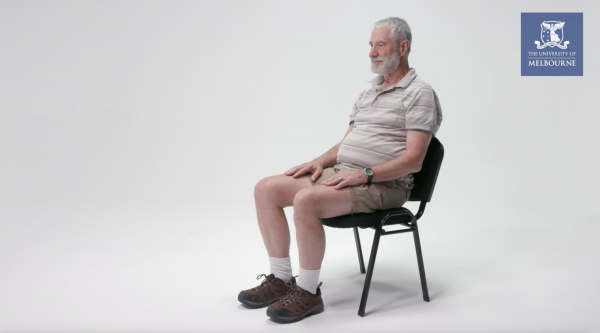

Exercise 2: Squat
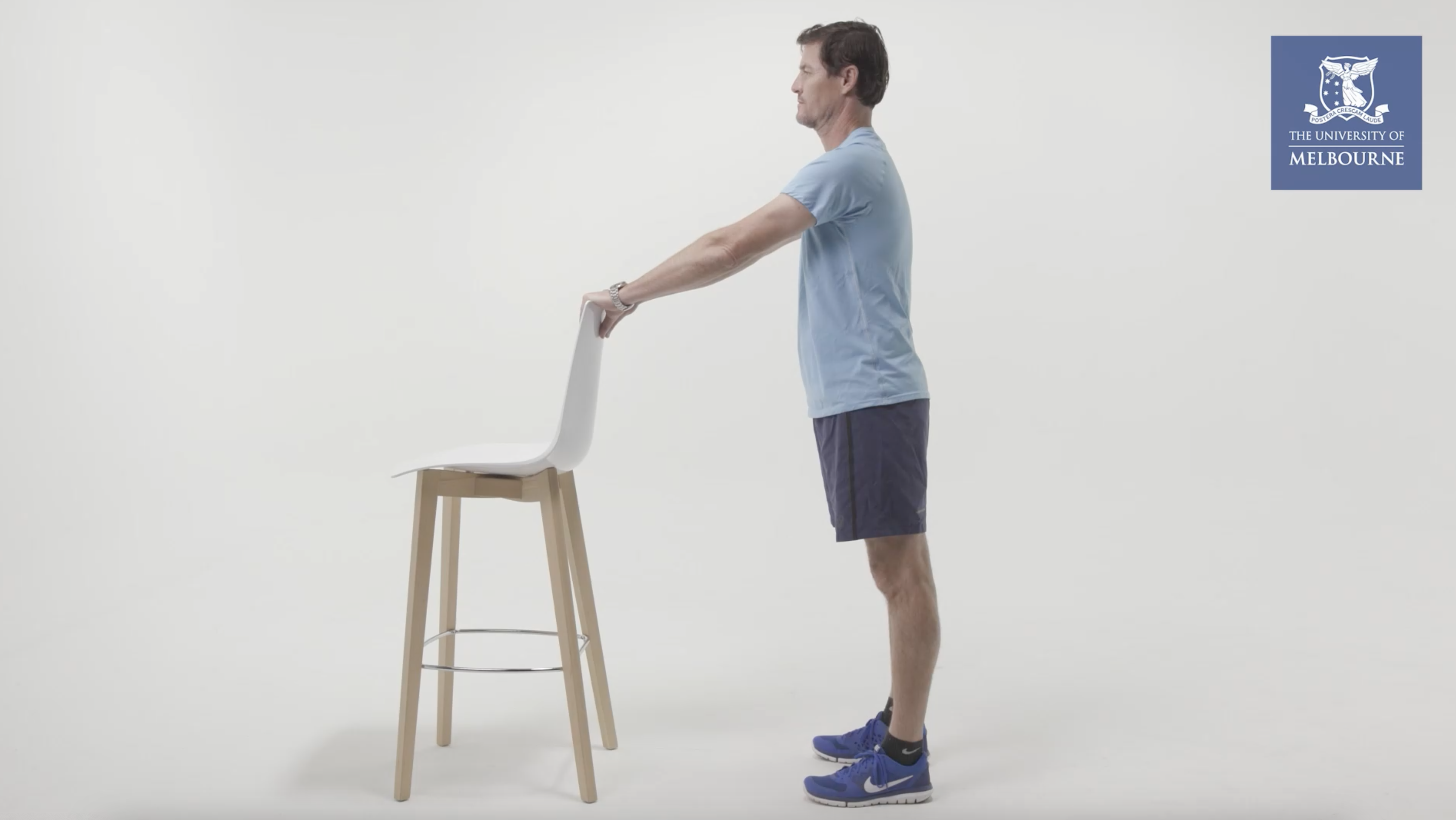
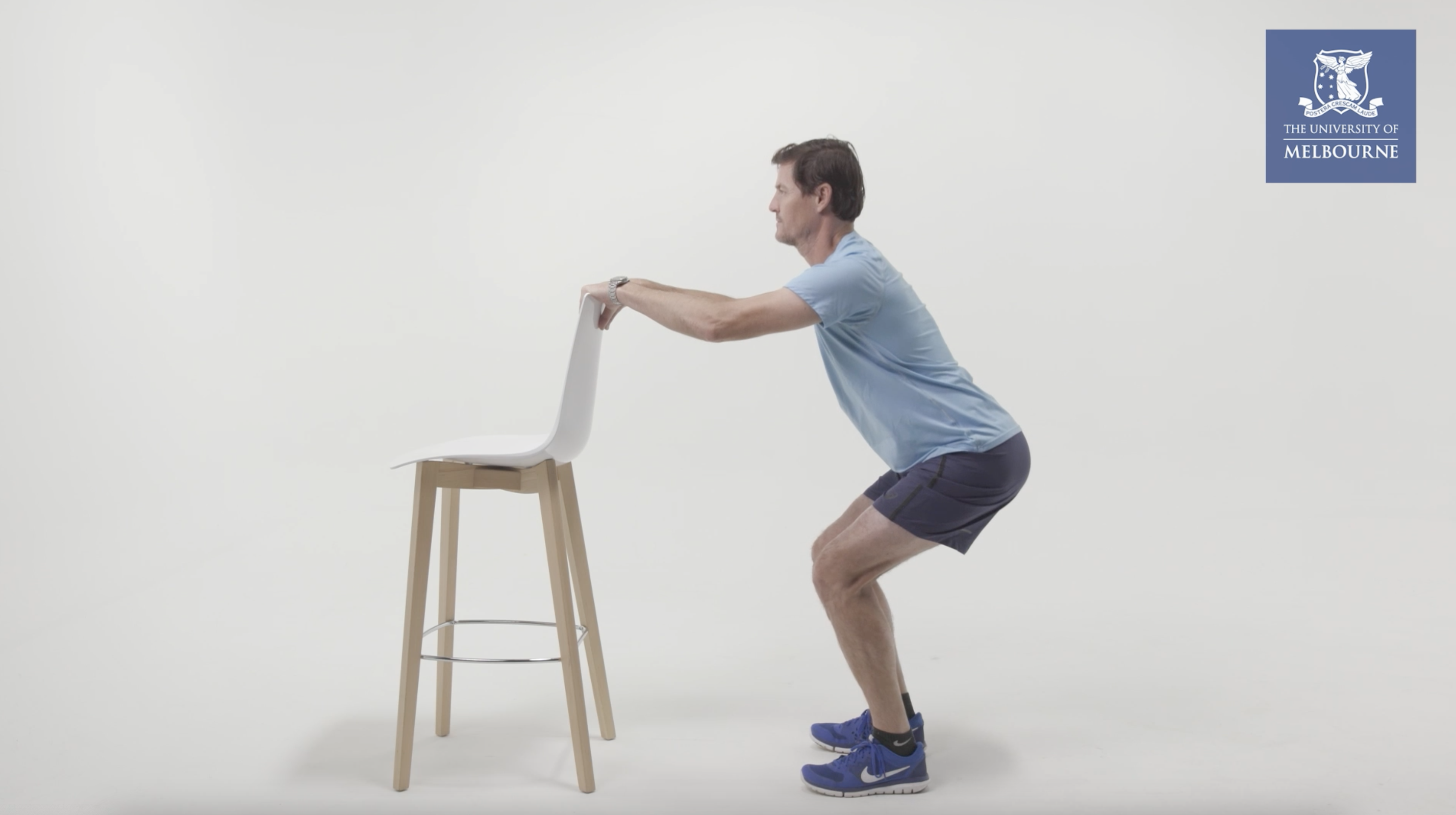
Exercise 3: Side leg slide
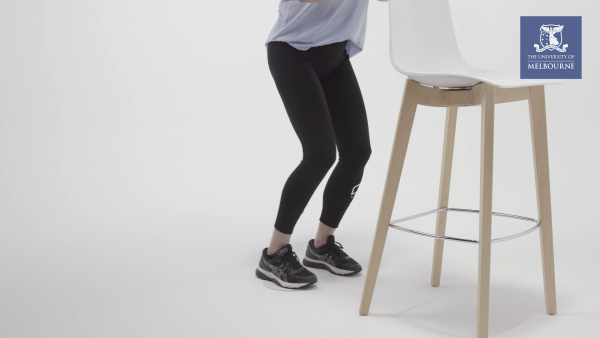
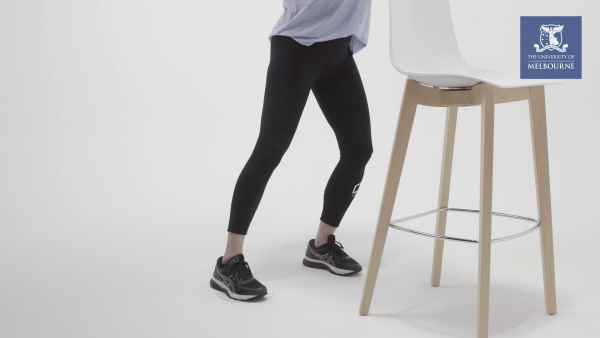
Exercise 4: Standing knee raises
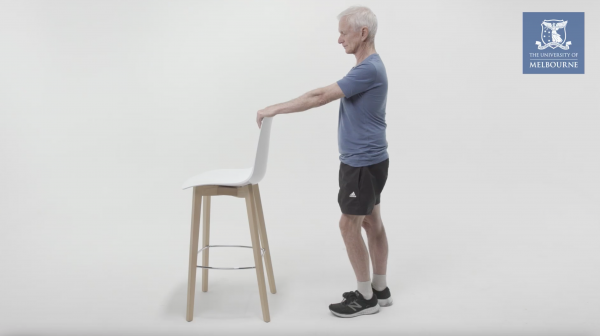
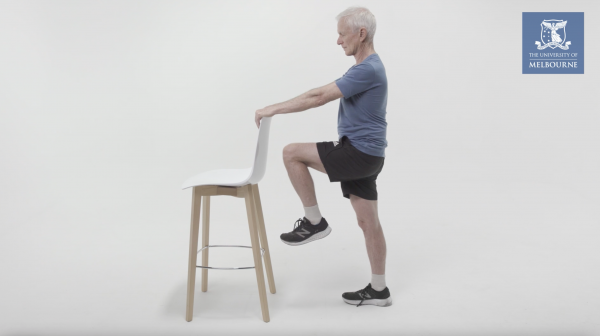
Exercise 5: Bridge
